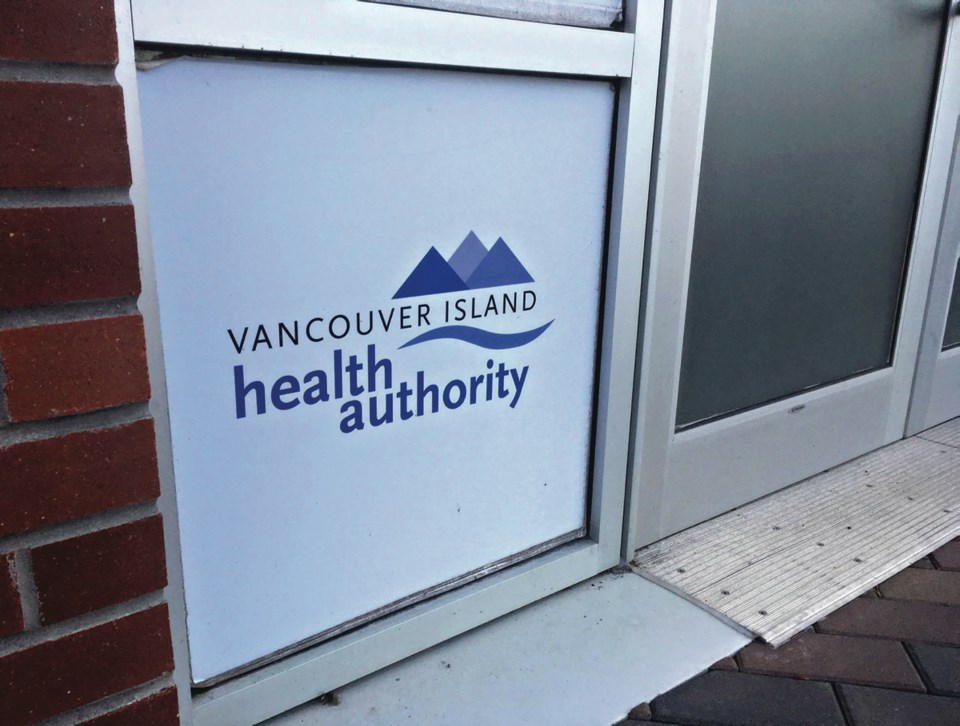The rate of medically assisted deaths on Vancouver Island is about five times higher than in the rest of Canada, a new report from Island Health shows.
Researchers determined there were 504 deaths on the Island in the two years after medically assisted dying became legal on June 17, 2016.
The total accounted for 3.6 per cent of expected deaths over the same time period compared with a rate of less than one per cent across the country.
The rate is even higher now at about four per cent, the report says.
By contrast, it took more than 15 years for the rate of medically assisted deaths in the Netherlands to reach 3.9 per cent of all deaths, the report notes.
The report did not analyze reasons for the higher rate on Vancouver Island.
But Dr. David Robertson, who co-authored the report with Rosanne Beuthin, said one factor could be B.C.’s long history of activism in favour of assisted dying.
“Our conclusions are not based on any scientific research, but we recognize that British Columbia has been at the forefront of the political move and legal challenges that have resulted in Bill C-14 [allowing] access to assisted dying,” he said.
In the 1990s, North Saanich’s Sue Rodriguez, who had amyotrophic lateral sclerosis (ALS), sought the legal right to end her life with the help of a physician.
She lost her bid to overturn the Criminal Code prohibition against assisted death, and died in 1994 with assistance from an anonymous doctor.
Two decades later, the Supreme Court of Canada struck down the prohibition and the federal government responded by amending the Criminal Code.
Robertson said the region also has an “unusually large number” of physicians who are providing medically assisted deaths.
“We have much broader access, we think, than other areas,” he said. “In part, this is because we’ve supported a system of individual physicians, who are interested in providing [medical assistance in dying], simply going ahead and doing it.
“We have not created a centralized program in the health authority. We’ve simply enabled those who wish to go out and prescribe, to go out and do so, recognizing that they are trained and they are competent physicians.”
Even so, the report notes there were challenges meeting the demand for assisted dying in the months after it became legal. Initially, there were too few prescribing doctors and, at times, the demand was unmet, the report says.
Robertson, Island Health’s executive medical director responsible for medical assistance in dying, said things have improved since then. “This is a summary report of the two years and there were definitely times in those two years when we were not meeting the demand,” he said.
“We are confident now that we’re doing better than we were. And, frankly, I’m confident now that we’re doing better than we were even in July.”
Robertson said there now are more doctors with privileges to provide assisted dying.
The report shows that 57 per cent of medically assisted deaths occurred at home, 26 per cent in acute-care hospitals, 12 per cent in hospices or palliative care units and three per cent in residential or assisted care.
The average age at death was 76, and the gender balance was equal with 249 women and 255 men.
The primary underlying cause leading to a medically assisted death was cancer. The disease was a factor in 61 per cent of cases, followed by organ failure at 19 per cent and neurodegenerative disease at eight per cent.
— With Times Colonist files



